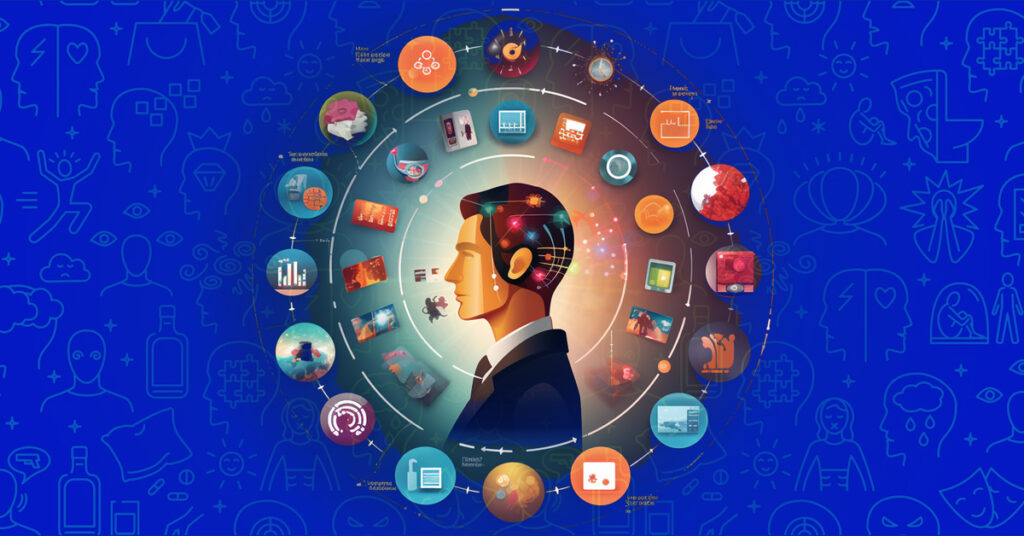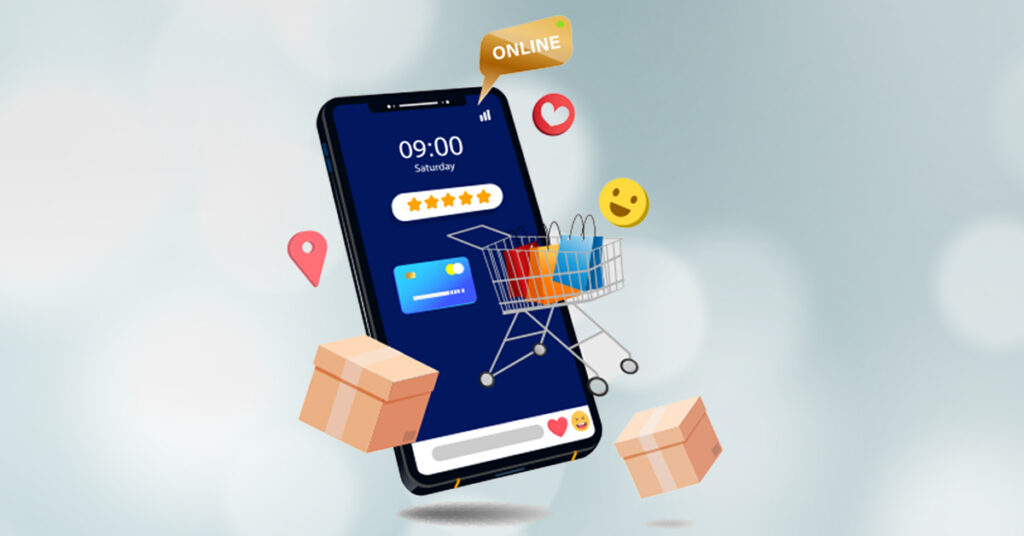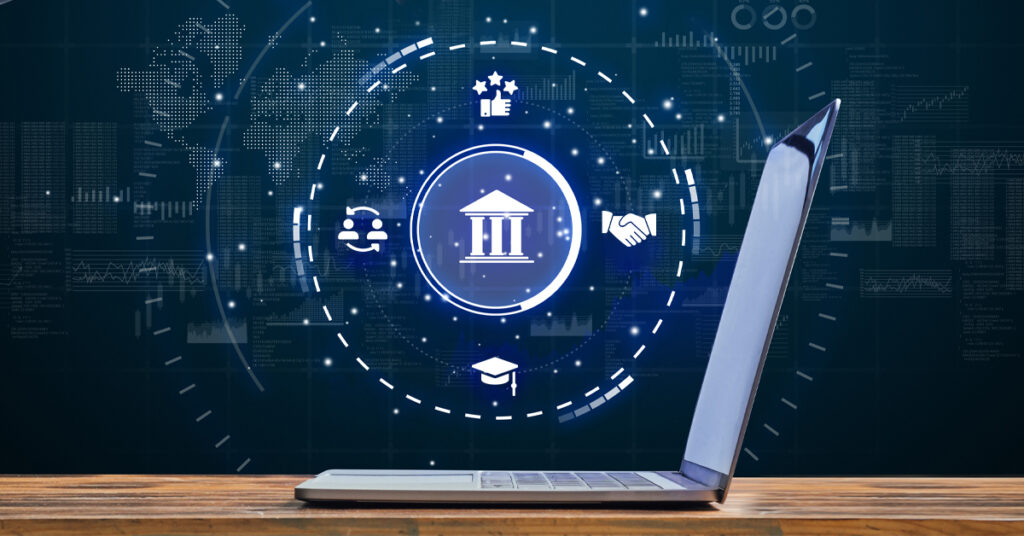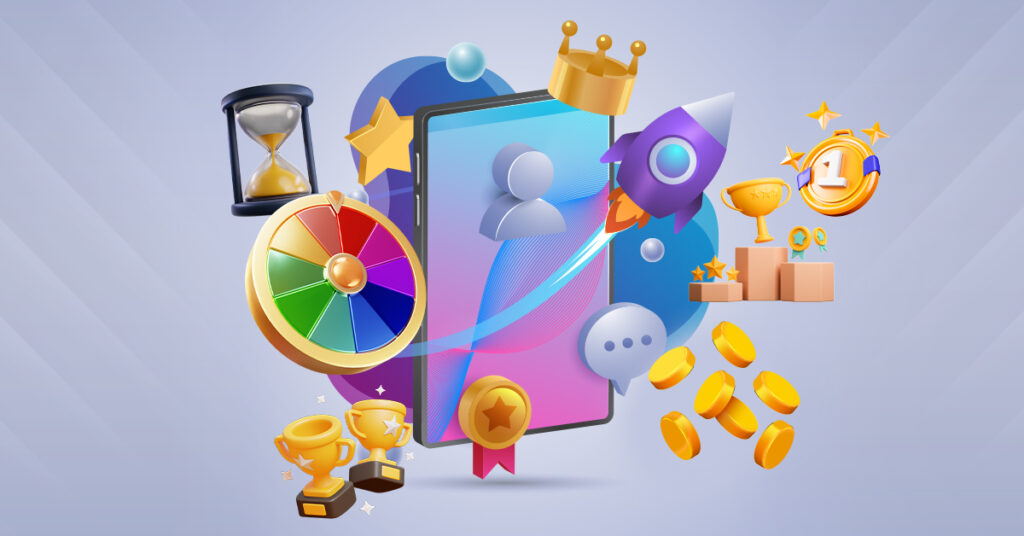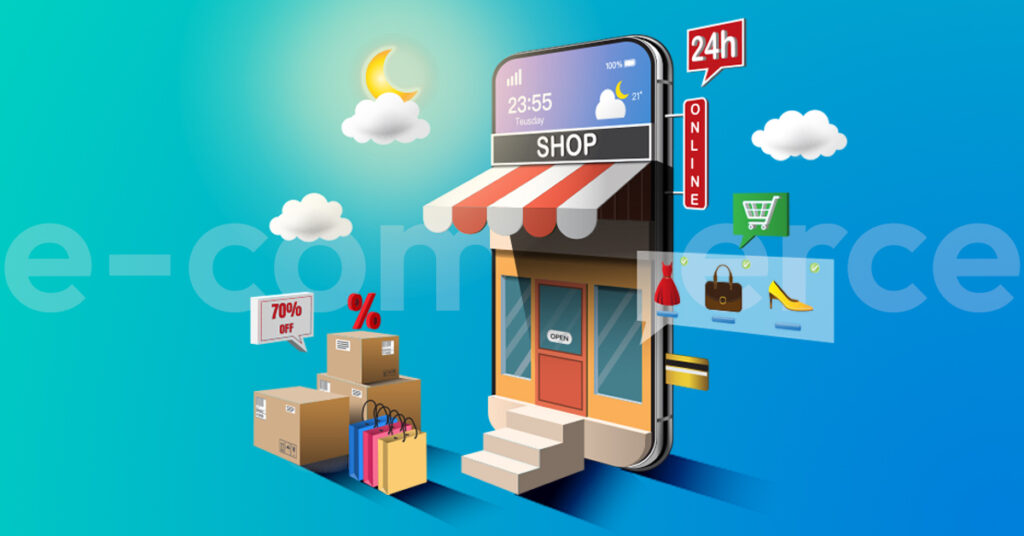How do you feel when you’re appreciated or valued? Or when someone surprised you when you were least expecting it? And what about when you engage in a fun activity?
Do you feel your face curving upward into a smile, your heart pumping with happiness or excitement?
Well, that’s the beauty of the fact that we humans are full of emotions, and so are our customers.
In his “Customers Are People…The Human Touch” book, John McKean mentioned that 70% of customers make buying decisions based on whether businesses treat them as people.
Moreover, while sharing ways to make a business more personable, Forbes highlighted that if you win customers’ hearts, their wallets will follow.
But is it that simple?
There are ways of evoking positive emotions via marketing and product wherein teams sit together knitting research, new campaigns, surveys, new features, experimentations, etc.
However, with tons on the plate and revenue pressure, businesses can often see customers as just numbers rather than humans.
Could there be a mechanism that puts customers’ emotions first to motivate them from within to engage with a business? Yes! There is, and it’s called gamification.
How? Let’s find out.
Psychology Behind Gamification
1. It Provides a Sense of Control
Imagine buying something online and getting a delivery confirmation email and a section that says, “Happy with our delivery? Leave a review”.
What if, like most people, you ignore it only to see the same notification on your mobile screen again? Would you still leave a review?
Well, no one likes it when businesses push them into buying.
Now, what if the notification said, “Congrats! Your first order has enrolled you into the Silver tier of our loyalty program. Leave a review to move to the Gold tier and enjoy special perks.”
Such a notification gives customers a sense of control. Instead of being forced into taking action, gamified messages make them want to engage.
In this case, gamification marries personalisation with transparency and enables the Goal Gradient Effect (users speed up their behaviour as they get closer to a reward).
Sephora, a beauty retail company, adopted a Tiered Gamified Loyalty Program concept to launch a 3-tiered loyalty program with 34 million members today.

(Disclaimer: This image is for informational purposes only. Opinions or points expressed represent Sephora’s views
and don’t necessarily represent the official position or policies of Gamize by OGL.)
This personal care and beauty product company offers one loyalty point for $1 and 100 points on completing challenges such as signing up for a new feature, in-store pick-up, etc.
One interesting point to note is that their first tier ‘Insider’ is “free to join”, which gives users a headstart and makes their loyalty program easy to join.
As users collect points, they move up to the next tier (VIB and Rouge) and enjoy perks such as using 2500 points to get $100 off their next purchase, seasonal savings, gifts, invites to exclusive events, and more.
Sephora’s gamification also has a tracking feature for users to monitor the status of their challenges. When users feel such a sense of control, they are excited to engage and stick to the brand.
2. It Establishes an Emotional Connection
Has it ever happened to you that you were playing a casual racing game and were so close to the finish line when suddenly you crashed and lost the race?
But then, you saw a ray of hope shine across your screen as a message that said watch a 15-second video to save your progress and start from where you crashed.
Now, did you watch that video? Yes? Well, we’re guessing most people do, and that’s because, as per the Loss Aversion theory, the pain of losing is more powerful than the pain of gaining.
Since humans value the time and effort invested into something, we prefer avoiding losses, an emotional aspect that gamification nurtures.
To explain this, let’s use the example of Impact Fitness, a health, fitness, and charity app. The app enables one to track steps and convert them to money for charity.
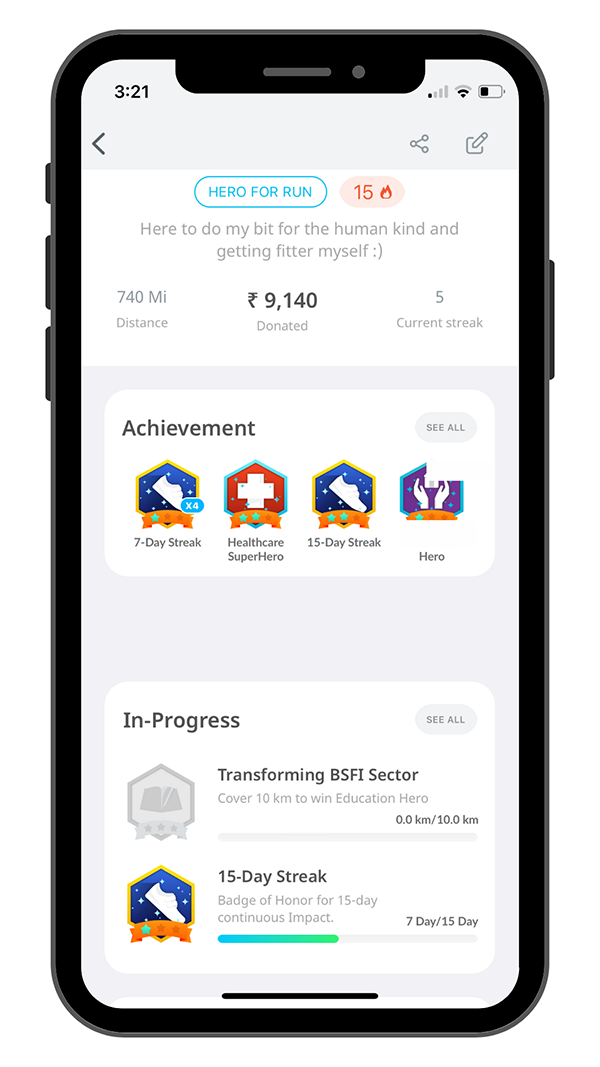
(Disclaimer: This image is for informational purposes only. Opinions or points expressed represent Impact Fitness’s views
and don’t necessarily represent the official position or policies of Gamize by OGL.)
However, there’s a tricky part — the steps expire if not converted to money, which also breaks the daily streak, making one lose out on Impact Streak Badges.
As a result, the Impact app’s fitness gamification builds an emotional connection, making users come back, maintain streaks, and convert steps to money.
3. It Fosters Social Relatedness
Remember the happiness we found in collecting Pokémon Tazos from Cheetos chip packets? While the 90s kids will primarily relate to this, ordering things comes naturally to most humans.
Bob Bretall from the USA has over 138,000 unique comic book collections (Guinness World Records).
For pleasure, social status, knowledge, or loyalty to a specific group, most of us have a collecting tendency ingrained in us, and many brands use this to engage users via gamification.
Google used the social relatedness core of gamification to launch a Diwali stamp campaign in 2019.
In this Diwali campaign, users could win a cash reward of ₹251 upon collecting all five stamps, each representing one of the biggest Indian festivals, Diwali.
Google made their #StampsWaliDiwali campaign enticing for users by making some stamps rare.
They did this by setting the probability of one particular stamp (Rangoli) as low, making it challenging to collect all five stamps.
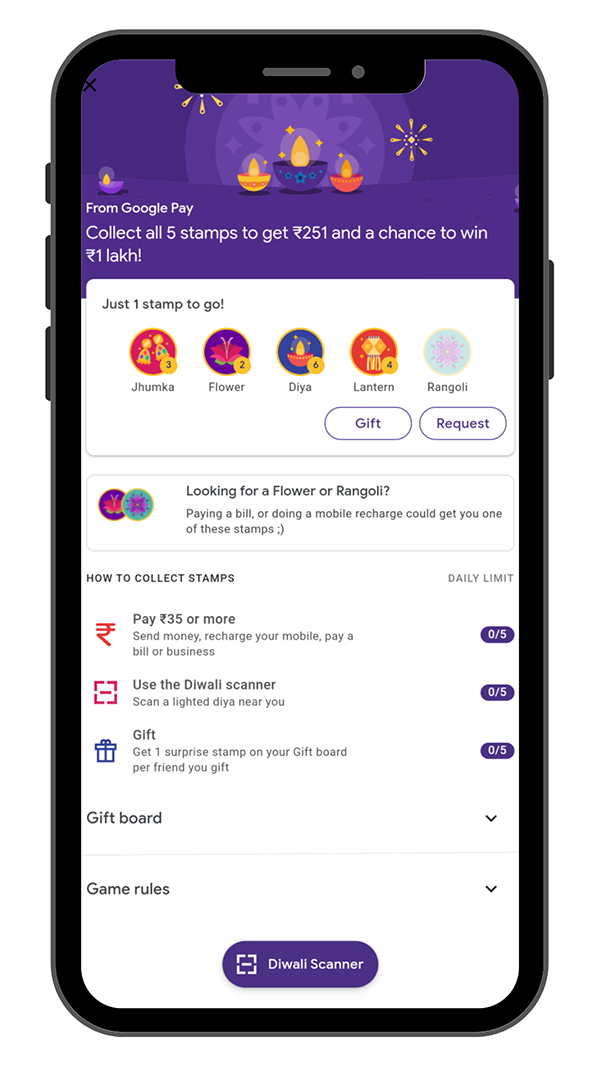
(Disclaimer: This image is for informational purposes only. Opinions or points expressed represent Google’s views
and don’t necessarily represent the official position or policies of Gamize by OGL.)
This made Google Pay’s users visit their app more often, hoping to find the rare stamps as they were released only during five different periods of a day.
Moreover, the app showed how many stamps one needed to win the reward, leading to many gift stamps to friends or requests for stamps from friends.
Google Pay stamp gamification campaign showed the company a massive increase in app engagement.
It got so popular during the 2019 festive season that it went viral on Twitter.
4. Fuels Competence and Achievement
Everyone likes to win. There’s no point restating that. However, do you know why?
Why do we humans love to win?
It is because being perceived as better skilled, talented, and efficient releases a pleasure chemical in our brain’s reward area called dopamine.
And guess what? Companies can use gamification to fuel this through leaderboards.
Yes, leaderboards provide users with a sense of competence and achievement to meet a business objective, and Revolut, a Neobank app cracked this in 2017.
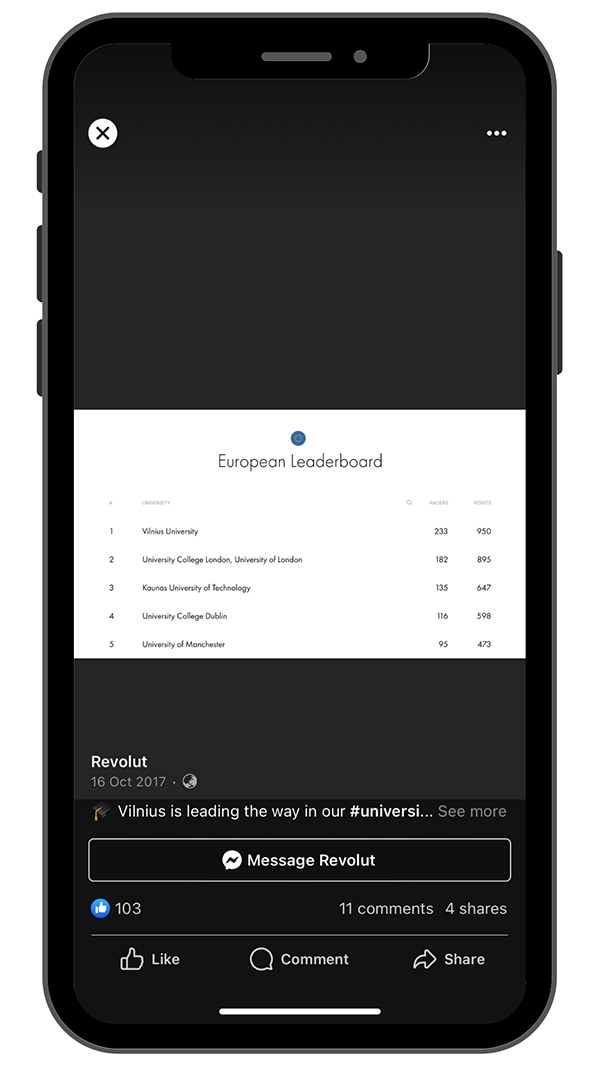
(Disclaimer: This image is for informational purposes only. Opinions or points expressed represent Revolut’s views
and don’t necessarily represent the official position or policies of Gamize by OGL.)
The Revolut app offered European university students Points to join a University race by signing up on their app and referring friends for the same.
As part of this University race, the app released a leaderboard on which students could represent their university (sense of achievement) and win a free premium plan.
With gamification being a core customer engagement layer, the Neobank app grew to 30 million users.
5. It Offers Value
All humans, we repeat, all humans like being valued. Whether at work or home, our core emotional need is to feel valued, and brands can offer the same to their customers.
However, we’re talking about offering value that increases your customer lifetime value (LTV) by 15% to 40% through gamified engagement.
Unlike offering a one-time gift to loyal users, one must set up a mechanism via which your users intrinsically decide to stick around, which calls for a gamified loyalty program.
A classic example to learn from is Starbucks’s gamification strategy.
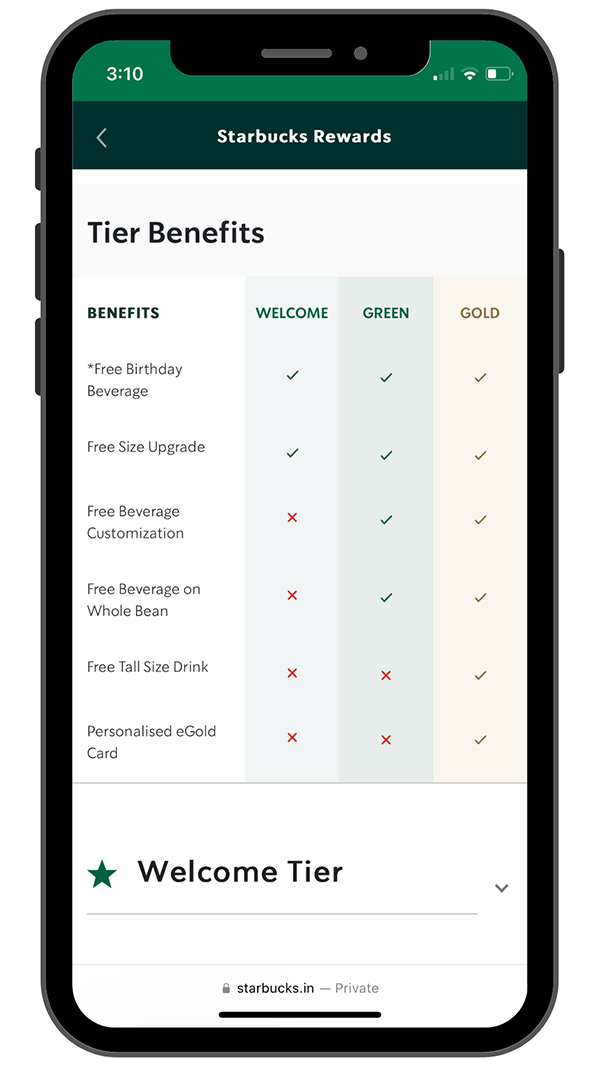
(Disclaimer: This image is for informational purposes only. Opinions or points expressed represent Revolut’s views
and don’t necessarily represent the official position or policies of Gamize by OGL.)
This coffee retailer lets users earn Stars on every spend or specific task, like visiting their coffee chain 4 or 6 times after 2 PM, reaching new levels upon collecting specific Points and winning rewards like a free drink or dish.
Result? Starbucks has seen 40% of its total sales come from its gamified loyalty rewards program.
Gamification At Your Disposal
Through these gamification case studies, we’ve understood that due to the psychology attached, many businesses have adopted gamification as a customer magnet.
However, when it comes to a gamification strategy, it’s a different ball game altogether, which requires carefully:
- Analysing your existing application
- Picking a gaming technique
- Rewarding users based on your north-star metric
Basis this, Gamize’s SaaS gamification platform lets you implement gamification to launch a gamification campaign in a few minutes.
For this, let’s see how an e-commerce company that wants to offer up to 50 coins to customers who join its coin-based loyalty program as a welcome bonus uses this approach.
- Customise a gamification template.
Step 1a: Under ‘Gamify Engagement’, Go to ‘Templates Library’ under ‘Templates’ and pick a template of your choice.
For example, let’s select the ‘Roll the Dice’ gamification template to let customers win varying numbers of coins, a maximum of up to 50.
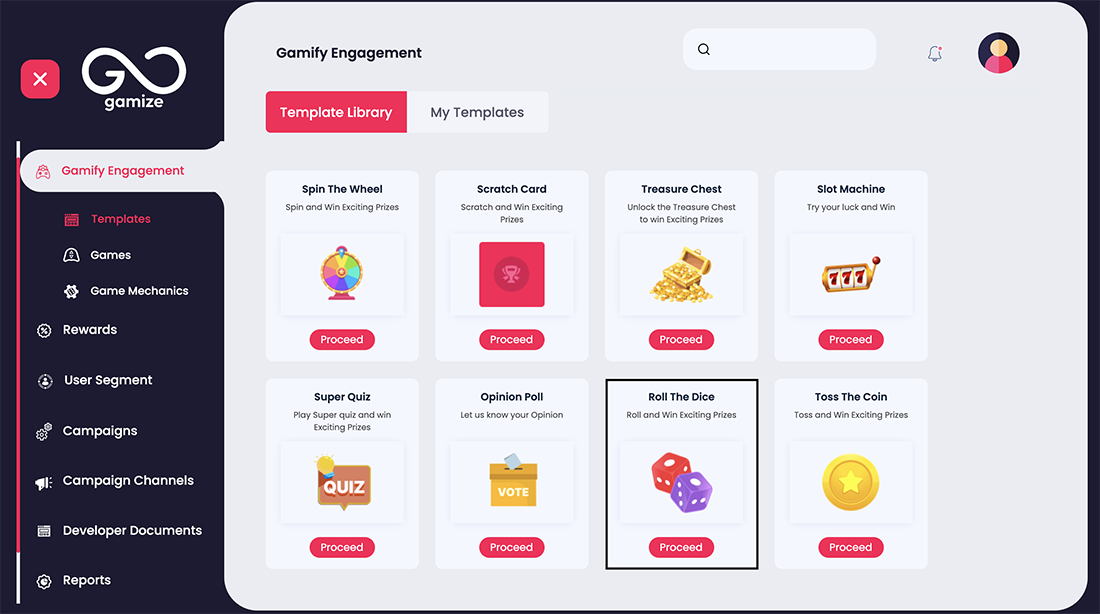
Step 1b: Next, add a title and subtitle for your Roll the Dice activity, followed by Dice configuration based on the number of dice, colour, content, etc.
Below, we’ve picked the number of coins we want to offer on a roll. You can also add a ‘CTA Button’ to redirect a user to a particular page upon rolling a dice.
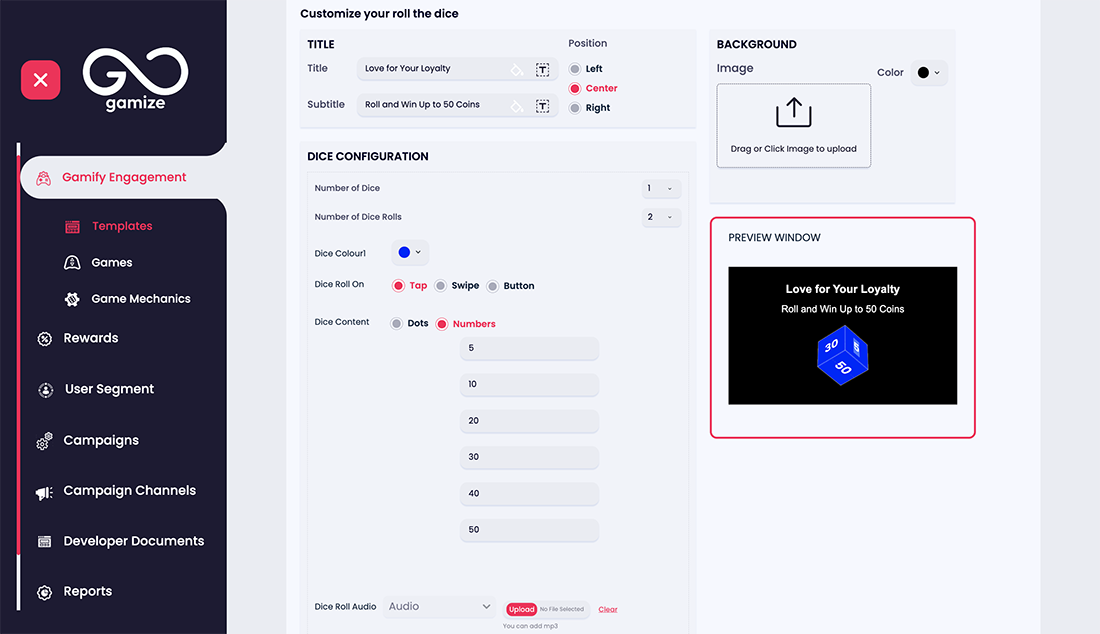
- Set up reward
Select ‘Rewards’ from the ‘Menu’ and add the offer details under ‘Configure Offers’.
Per our e-commerce gamification use case, we will set up offer page details about winning coins upon rolling a die and redeeming them during checkout.
Set the ‘Offer Type’ as Coins, assign a ‘Value’, and define ‘Offer Validity’.

- Define user segment
Here, you can define a user segment for whom you’d like to run the roll-a-dice challenge based on particular actions they took on your platform or upload the user segment, such as those who signed up for the loyalty program.

- Set campaign rules
Step 4a. At this step, all you need to do is assemble everything you created so far to launch the campaign.This step includes selecting the template along with the user segment and defining the condition for the reward to be assigned, such as when a dice shows a number greater than 0.
 Step 4b. Upon clicking on ‘Next’, you can ‘Schedule’ your gamification campaign by picking the start and end date. You can also select what user action you want the roll-a-die challenge to trigger and set offer frequency. At this step, all you need to do is assemble everything you created so far to launch the campaign.
Step 4b. Upon clicking on ‘Next’, you can ‘Schedule’ your gamification campaign by picking the start and end date. You can also select what user action you want the roll-a-die challenge to trigger and set offer frequency. At this step, all you need to do is assemble everything you created so far to launch the campaign.
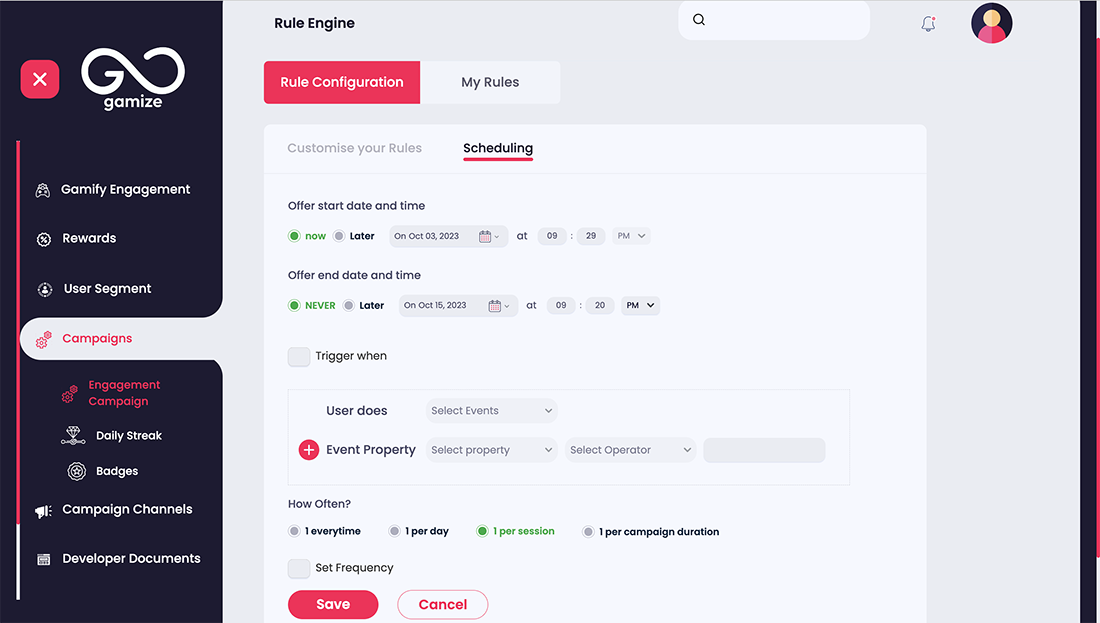
Lastly, you can communicate the campaign’s launch via SMS, WhatsApp, or email under ‘Campaign Channels’ and track its performance under ‘Reports’.
Using roll-the-die gamification to offer loyalty coins is one of the many ways e-commerce companies can engage and retain customers. Book a demo here if you want to brainstorm more gamification use cases.

